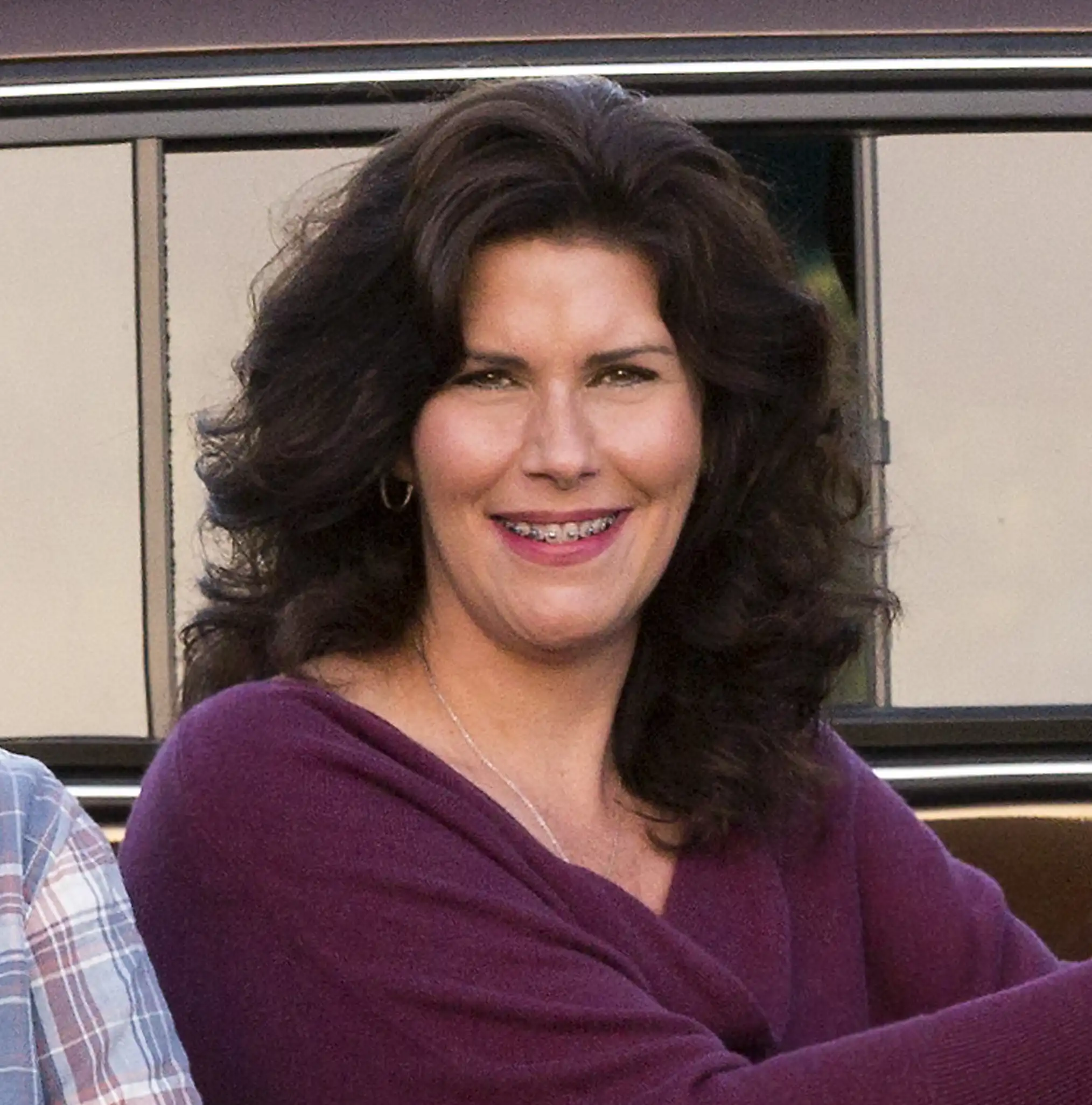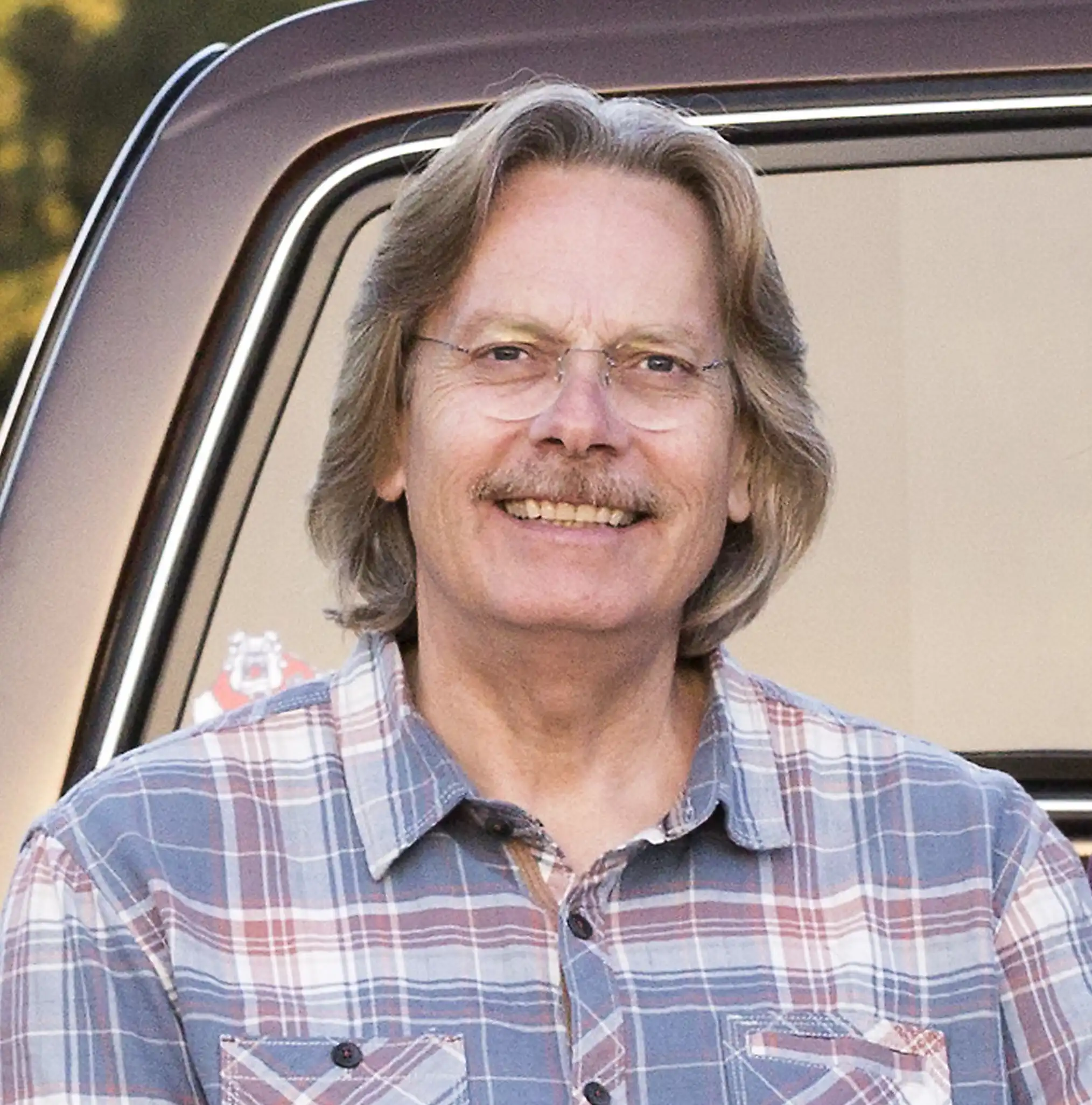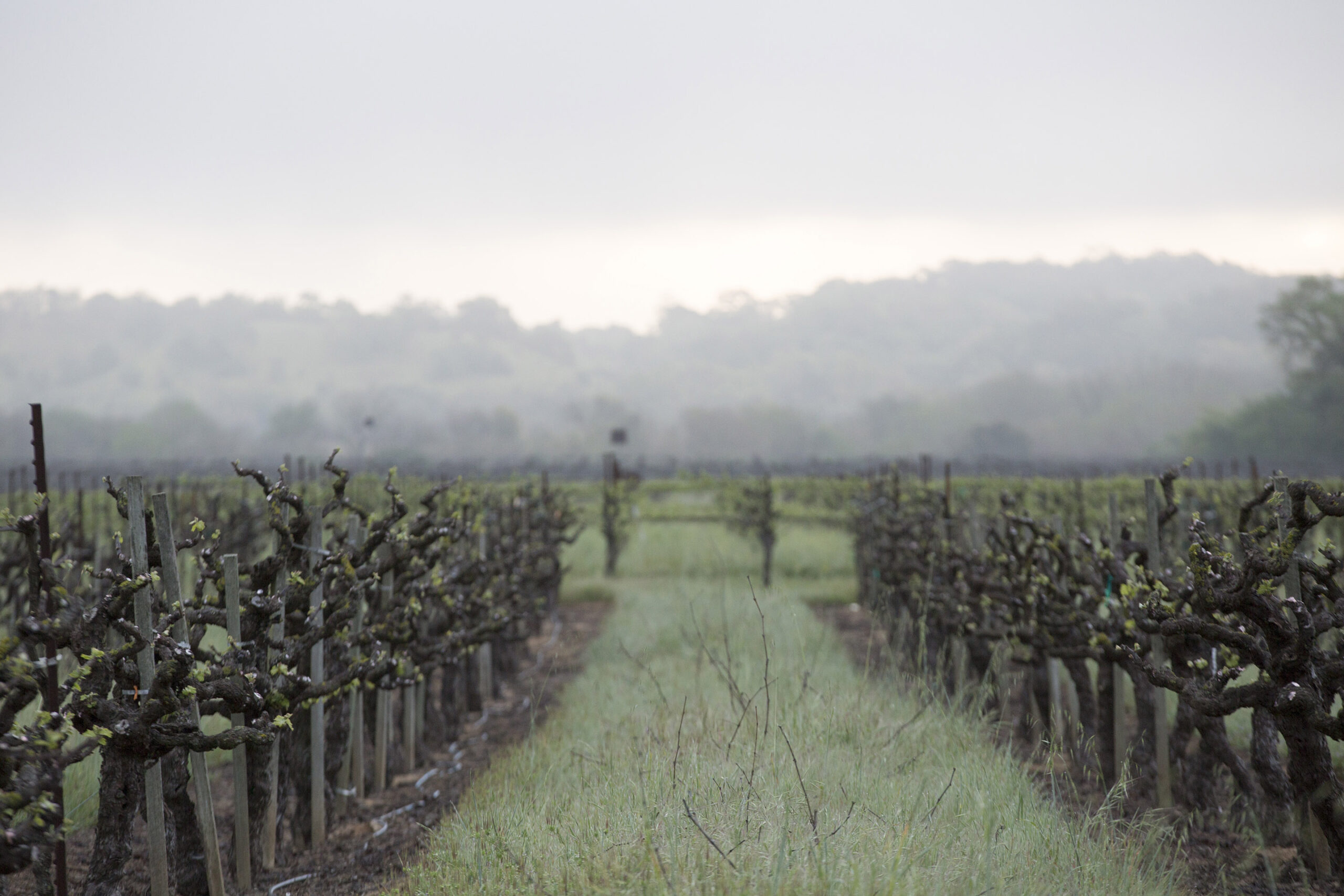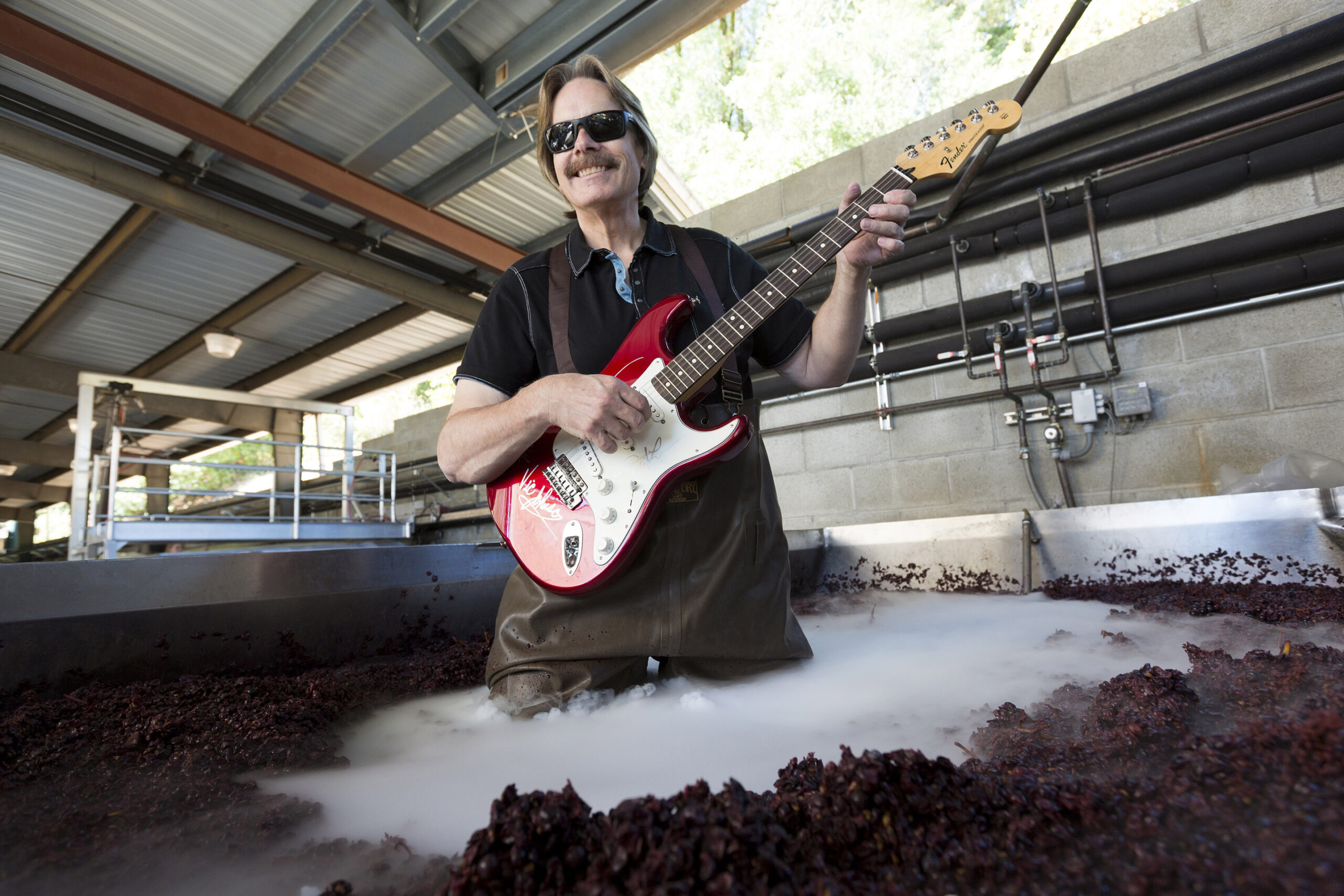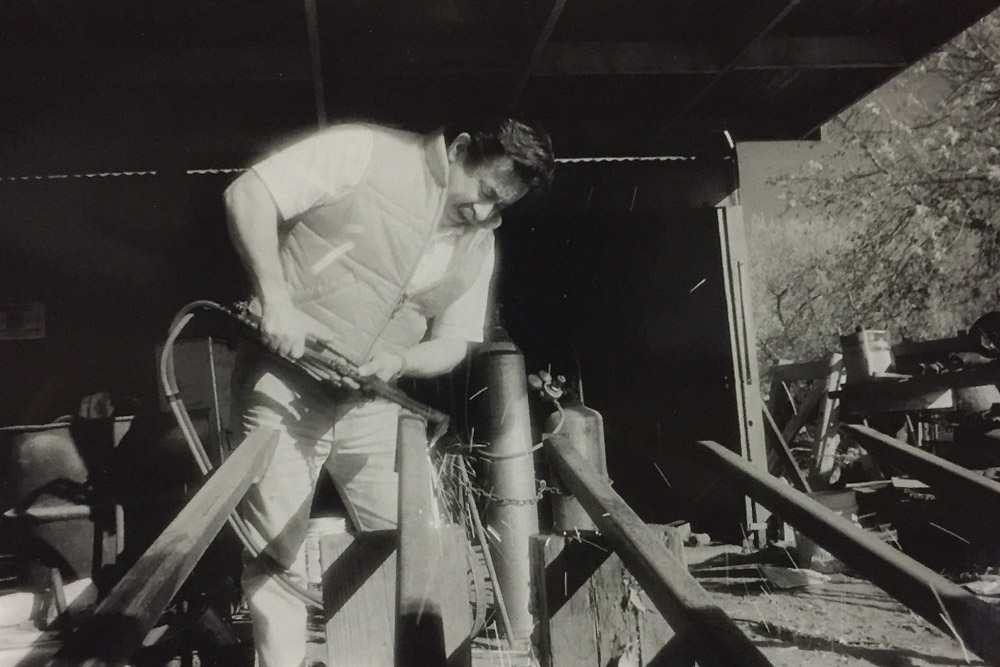
I grew up on a 70-acre farm outside the small Central Valley town of Escalon. My family grew red wine-grapes and almonds, and everyone pitched in to help my dad, Robert Cabral, Sr., work the fields. By the mid- to late-1970s, red grape prices had fallen and we were experiencing a huge oversupply. One of our blocks in particular, an 80-acre parcel out near Manteca with 40-year-old carignan vines, got hit really hard. I had helped irrigate, spray, cultivate, and care for this beautiful crop all summer long, but in the fall, when I went back to high school for classes and to play football, my work on the ranches tapered off. During that Christmas break in 1977, my dad had asked me to help him out at the vineyard, and I went. When we got there, I saw this massive vineyard littered with dried, rotted grape clusters on each vine. The smell of vinegar, mold, and rot hung in the foggy air. I was stunned.
This was definitely a defining moment in my life—at that moment I had to figure out a way to make sure my dad and grandpa always had a home for their grapes. Subconsciously I wanted to know I would never see that look on my dad’s face again.

